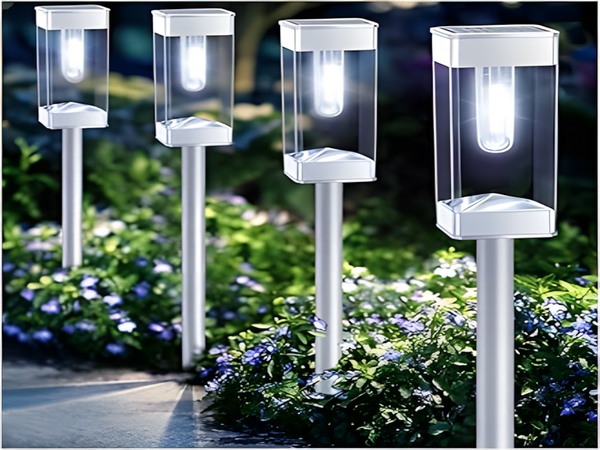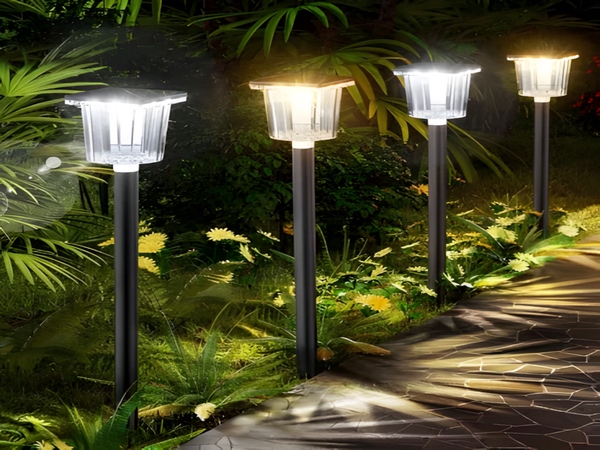
Many people find that when purchasing solar street lights with the same appearance and power, different manufacturers quote different prices. The illumination time of solar street lights mainly depends on power, battery, and photovoltaic panels. Numerous factors affect solar street lights, leading to price variations based on power, height, quality, and configuration. So, what are the specific reasons for the significant price differences in solar street lights? Here’s an introduction from the editor at Century Sunshine Lighting.

Reasons for the significant price differences in solar street lights:
1. Solar Panel Components
The solar panels of solar street lights can be standardized, which prevents manufacturers from cutting corners, unless some manufacturers use low-quality materials to produce solar panels, but that doesn’t save much money. There are exceptions, as creative manufacturers might even produce solar panel components from paper. Some even do not care about faking; at least they still protect it with a glass layer.
2. Battery
Gel batteries often use falsely marked capacities to cut costs, but over time, buyers become aware and directly inquire about specifications and weights, rather than just asking manufacturers for capacity. Initially, buyers believe this will eliminate manufacturers’ cost-cutting, but they underestimate the innovation abilities of some dishonest manufacturers, who even inject cement into gel batteries to add weight. Alternatively, they may opt for innovative gel batteries.

With the ongoing development of solar street lights, batteries are gradually being replaced with lithium batteries. This has opened an opportunity for profit, with unscrupulous manufacturers falsely marking the capacity of a 20AH lithium battery as 80AH to maximize profits. From 2014 to 2016, many manufacturers made millions by exploiting lithium batteries. With this experience, many buyers now understand how to count the number of cells in the battery to differentiate capacity.
For example, in a 12V60Ah lithium battery, typically, 3.7V2Ah cells are used, so 60Ah ÷ 2Ah × 3 = 90 cells. Once you understand that 90 cells are needed for a 12V60AH capacity, cost-cutting methods must evolve again. Additionally, even if you receive 90 cells, they might quietly replace them with 3.7V1AH cells. In this case, the capacity drops to only 30AH, cutting down costs significantly. For unethical vendors, this can either be a profit motive or a weapon to seize the market.
3. Lamp Post
Lamp posts are also a major area for cost-cutting. Considering weight and wind resistance, a 6-meter solar street light should use a tapered pole with a usual thickness of ≥3mm, hot-dip galvanized. Some manufacturers might offer posts with a 2mm thickness or, even worse, without galvanizing. There are also novel processes using 76mm+140mm galvanized pipes as main posts, which pose extreme safety risks due to lateral welding. Innovative so-called direct insertion lamp posts without flanges are also found.
The above information discusses the reasons for the significant price differences in solar street lights. Therefore, when choosing solar street lights, it is advisable to opt for reputable, certified large enterprises, as their prices are not necessarily higher than those of smaller factories. It is encouraged to choose carefully.



